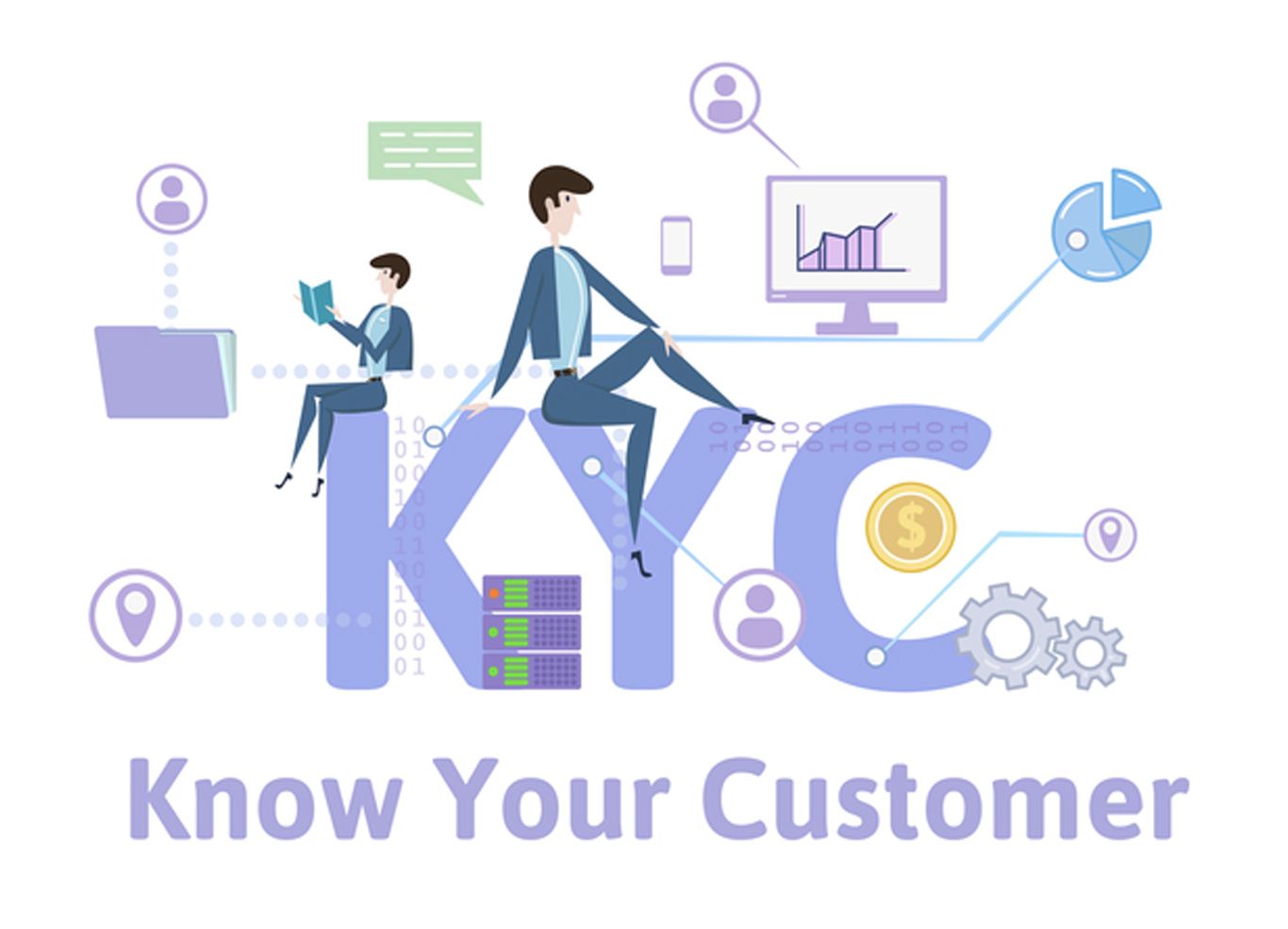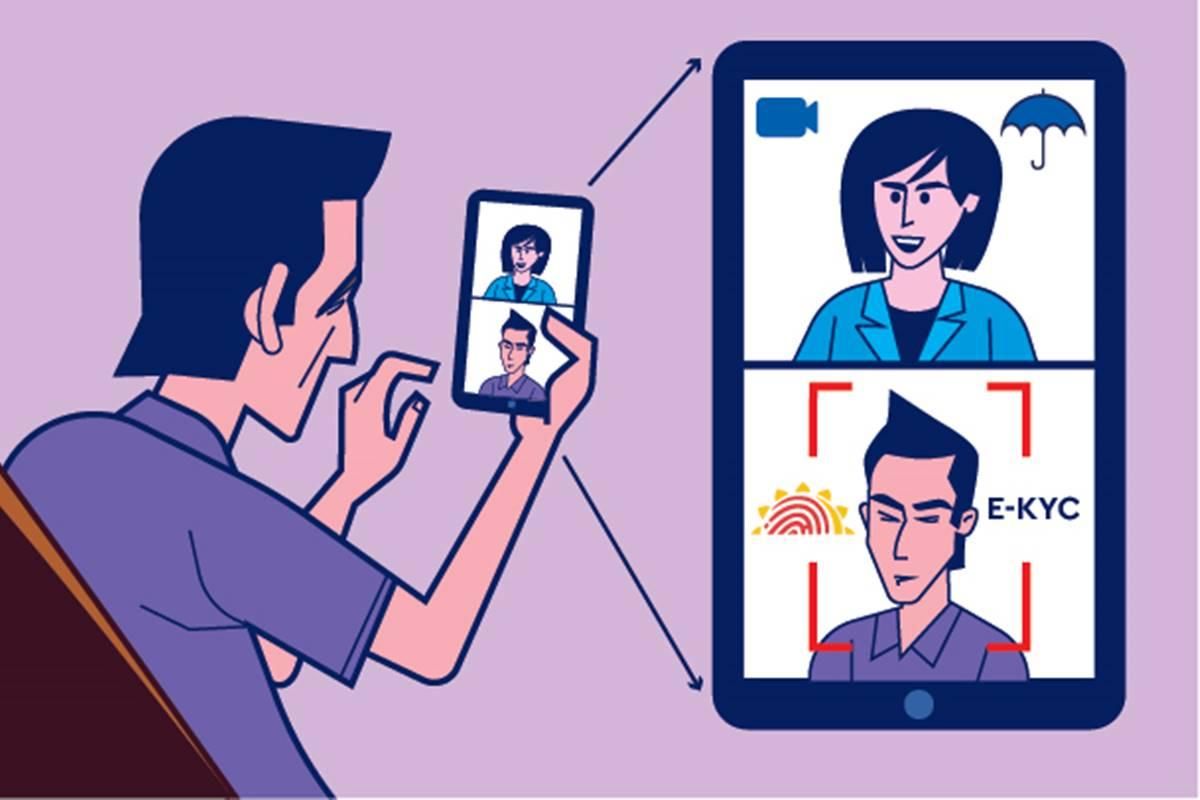What is Video KYC?
KYC or “Know Your Customer” is a strategy by which banks get data about the personal details and address of the clients. This procedure assists with guaranteeing that no one is able to abuse the banks’ administrations. The bank finishes the KYC method while opening records and furthermore occasionally updates it. If you need to abstain from setting off to the bank, for now, eKYC can be really effective for opening a bank account from your home. Until a while ago, there were only these two ways of opening an account. You could either do it through an Aadhaar-based eKYC or full KYC. But are you familiar with Video KYC?

One can view the OTP-based eKYC as a reasonable upgrade in order to speed up the way to opening a credit or bank account. However, the surge of digitalisation has forced the banks to think differently. Video KYC is a service that allows the customers to catch a live photograph of themselves for KYC. They must show the official and legitimate reports, for example, the Aadhaar card or some other government record as proof. The administration official then verifies this video to grant them an account.
The latest correction in The Prevention of Money Laundering (PMLA) Act 2002 by the Ministry of Finance permits a few more methods of collecting the details of clients electronically. The announcement states that the administration ought to acquire Video KYC to catch client details electronically. Consequently, RBI has legitimised the Video-Based Customer Identification Process(VCIP) as a way to check clients. This will make all the banks permit bank account opening by means of Video KYC confirmation. While a few banks previously had advanced account opening alternatives accessible, more are joining the fleeting trend.
Adapting to a new reality
As the pandemic turned our worlds upside down, it affected all parts of the community, no matter how significant it was. Similarly, numerous individuals got careful about visiting bank branches, despite it being a fundamental assistance. Even though banks stayed open during the lockdown, people started advancing to other options. Most banks have seen a sound development of around 40 per cent in case of online administrations. People were increasingly carrying out online money transactions and bill instalments through various mobile banking and UPI applications.
At the same time, the business sector was facing a sudden unwanted change in their normal activities. The profit had fallen by up to 10 per cent for some loan consultants in April/May. Many were reconsidering their techniques and market confronting approaches. Currently, the offline KYC measures are, in a general sense, useless. It is full of bogus negatives, delays, and the need to acquire numerous archives and affirmations. It makes the cycle equally hard for organisations and clients. However, many believed that Video KYC could only worsen the issue. It is because the current basic ways to deal with Video KYC experience the ill effects of a large number of the similar problems as usual KYC.
However, the widespread pandemic and lockdown circumstances have exacerbated the issue. We reached a point where physical KYC is just not a choice. This is the situation when Video KYC comes into the image. It is a developing advancement that is ready to change the scene of client onboarding, safety efforts etc. It can generally change how organisations perform their undertakings. Furthermore, in such helpless conditions, Video KYC appeared to be a very healthy change. It had the power to give them what they had lost.
Following the trend
Banks are quickly adjusting to this new reality for their administrations. It was in January 2020, that the Reserve Bank of India (RBI) permitted loaning establishments to utilise Video KYC process. It was a very much planned move, and banks began embracing this new responsibility with regards to their procedures. The most recent one is Axis Bank Ltd (1), which dispatched its Full Power Digital Savings Account on 31 August. Their freshest update allows you to complete the entire process online. All you need to do is introduce your original Aadhaar and permanent account number (PAN) cards to finish the Video KYC criterion. The qualification you need to create a computerised bank account is to be an adult Indian resident, with a valid PAN and Aadhaar number.
All banks request that you set up a PC or smartphone with a camera and microphone capacity for the Video KYC measure. In May 2020, Kotak Mahindra Bank presented the Video KYC system. The enterprise previously had a full-administration computerised account called Kotak 811. Similarly, ICICI Bank, IDFC First Bank, IndusInd Bank and Yes Bank have also tagged along. The banks have also had to take certain measures to carry out this transition successfully.

All the reports submitted during Video KYC are present as a digital copy. Therefore, the bank’s IT group should be able to store away and recover the client’s data safely. The most significant labour for banks is setting up a workforce and preparing operators to do Video KYC. In light of guidelines, during the video call, banks need to check if the client is currently in India. They also need to confirm the identification data in real-time. At the end of the day, the operator directing the procedures decides whether to grant an approval or not.
How to complete Video KYC
You must follow the given measures to perform and submit a Video KYC successfully:
- Clients of MSMEs need to enrol on the website or mobile application of the company.
- The client plans a date and time for the onboarding cycle to begin.
- An authority from the MSME starts the Video KYC measure by welcoming the client to a video call.
- The authority then checks the Aadhaar card of the client. This is done through Aadhaar authentication for banks. For other organisations, it is via offline.
- The authority requests that the client show their PAN card. They then capture and verify the picture.
- The authority additionally confirms the client’s live location utilising geo-tagging programming.
- The official at that point coordinates the client’s picture caught on record with the picture in the PAN card utilising facial matching abilities.
- After this step, they give the client three arbitrary inquiries to guarantee that it is a live connection.
- The authority then closes the meeting and chooses whether or not to affirm the client’s video KYC data.
- At last, the official stores the recorded video connection for later reference.
The authority also transfers the picture verification of ID and address with the video KYC to their platform. This step is made to ensure the digital proof. When the inspection cycle is finished, the client is appropriately notified.










